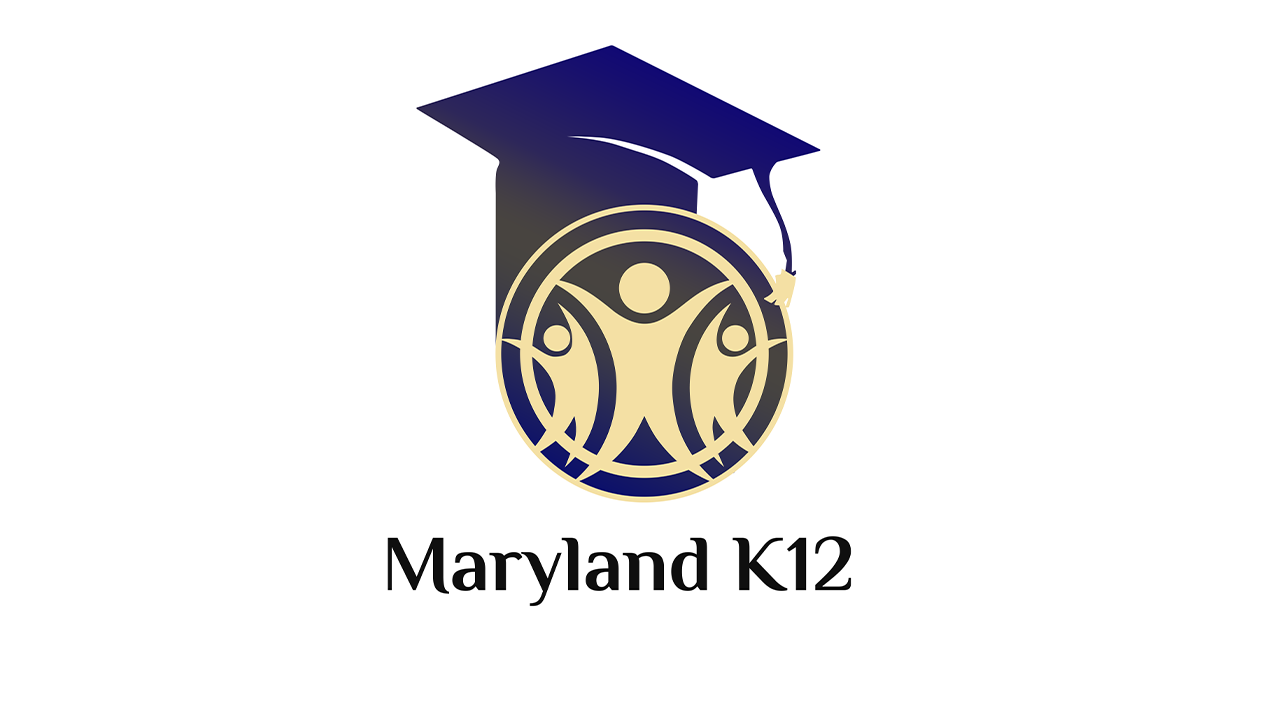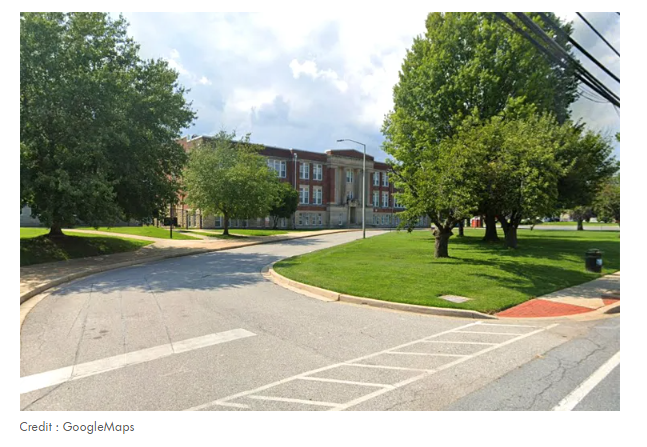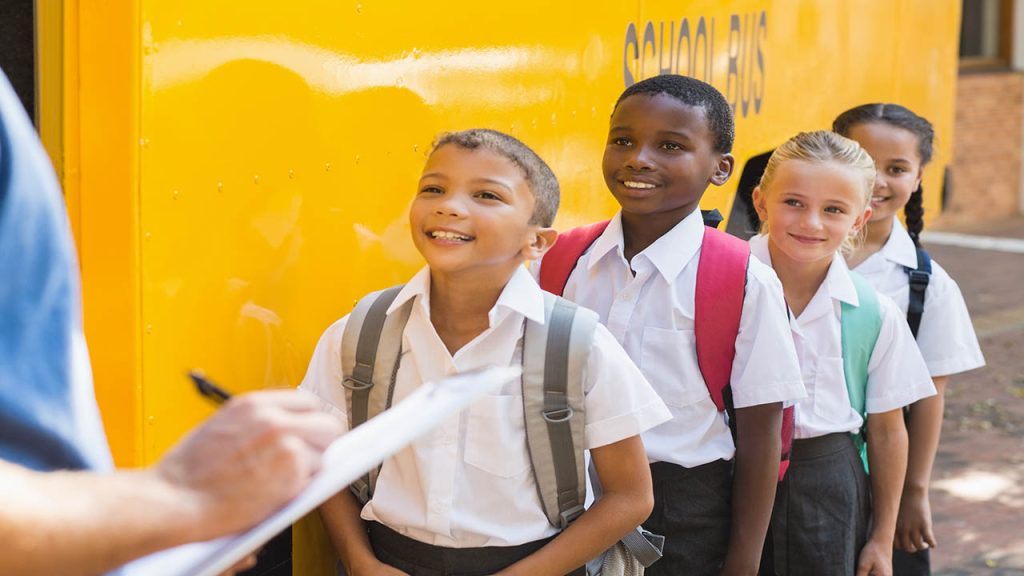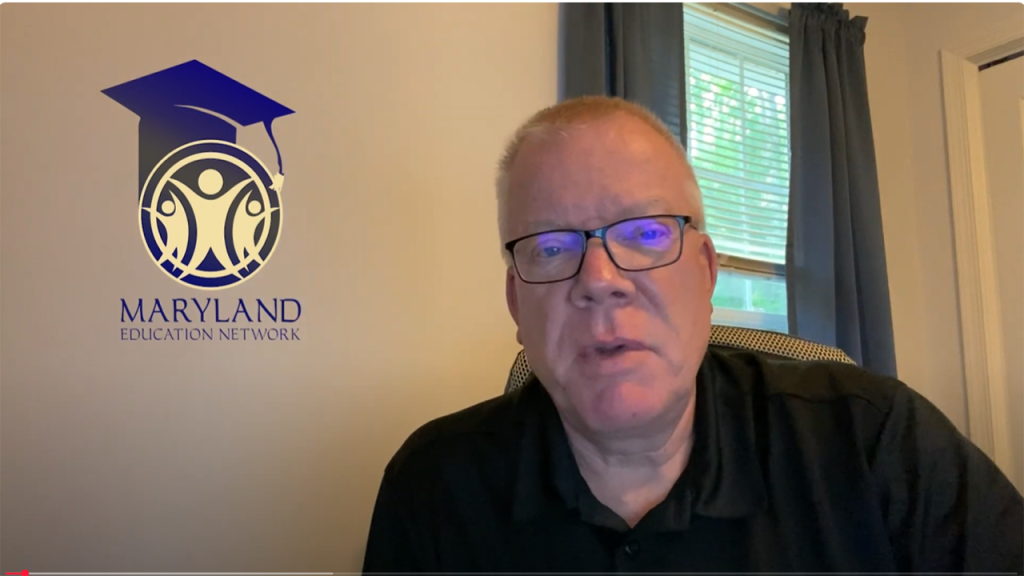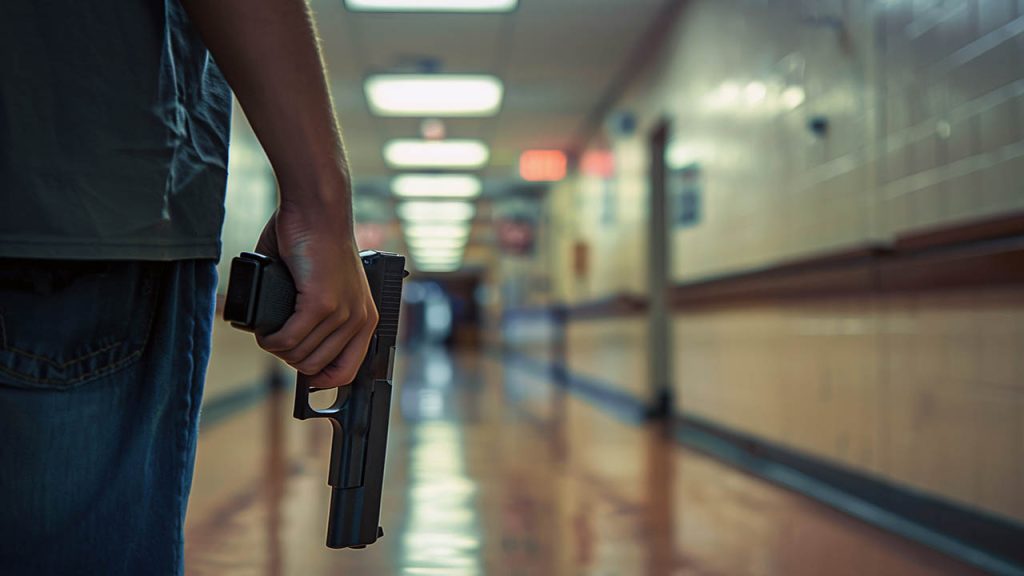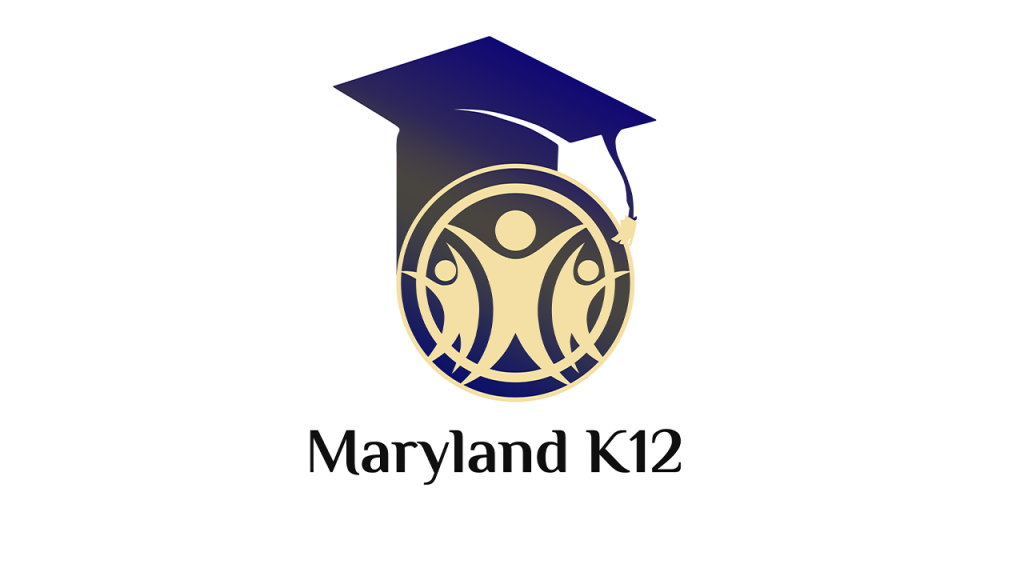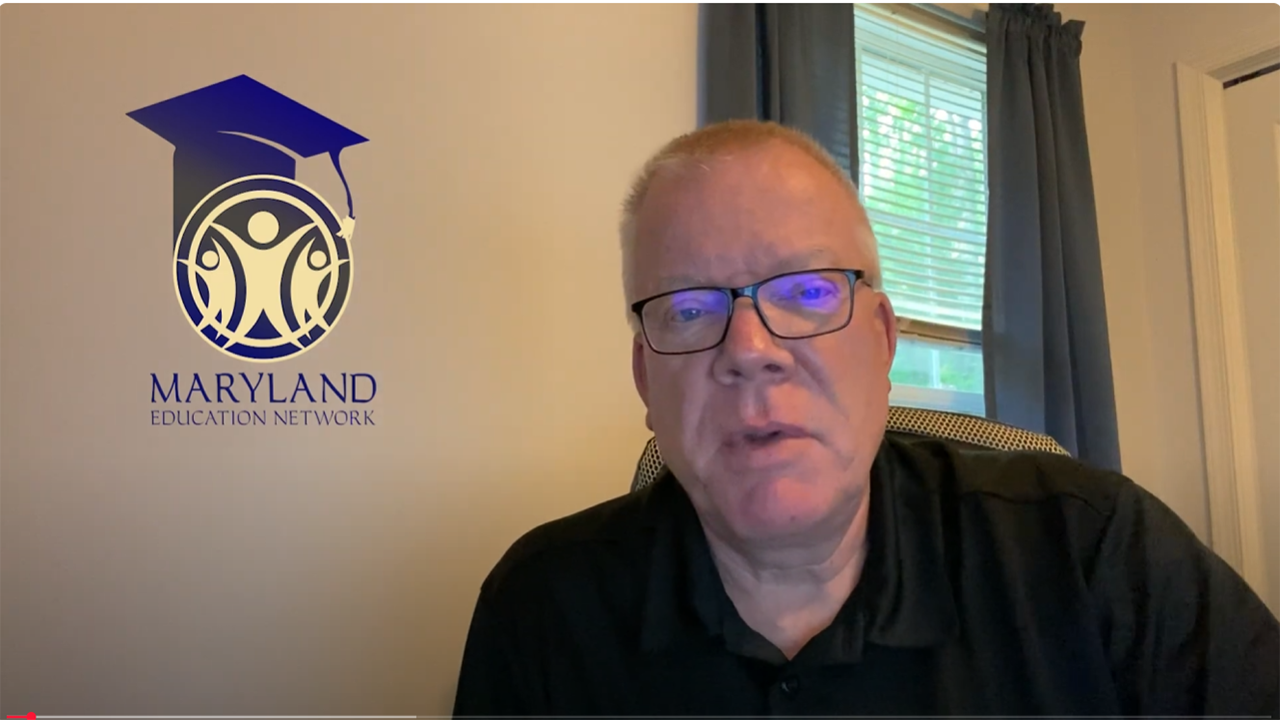
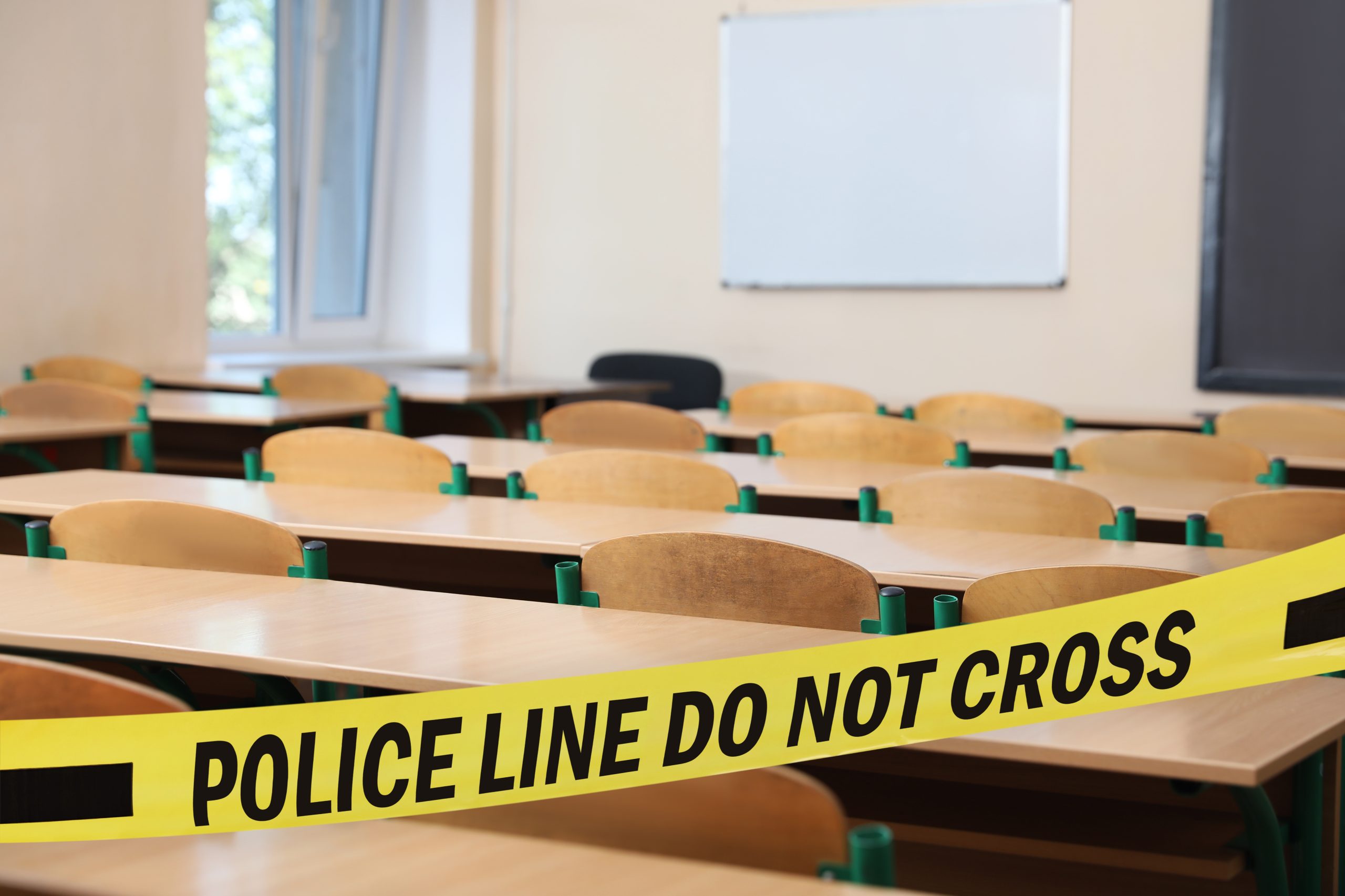
The Challenge of School Safety: Reporting, Reality, and Responsibility in Worcester County, MD
In recent news, Worcester County’s top law enforcement officials, State’s Attorney Kris Heiser and Sheriff Matt Crisafulli, have expressed concerns about the safety of our local schools. These concerns revolve around what they’ve identified as a “consistent lack of notification to law enforcement about criminal activity and delinquent acts occurring at school or by students.” It’s a worrisome issue, and one that’s not unique to our area; it’s a trend echoing across the nation.
While these concerns are incredibly significant, it’s essential to approach them with a discerning eye. Why? Because the reporting of incidents in schools is a complex, multi-faceted issue. To shed light on this concern, let me share a personal experience from my time as an administrator in a Maryland middle school.
One day, we received a report about a student concealing a “weapon.” Swift action was taken, leading to the discovery of a plastic replica of a gun, about an inch in length, connected to a keychain. This is no exaggeration; it was literally one inch as we measured and documented it. We promptly addressed the situation in line with our protocols. However, this incident did not end there.
Two years later, during a state board of education meeting, a parent took to the floor and alleged that our school had recovered a gun and the whole incident was covered up. The truth? The weapon in question was a tiny plastic replica, hardly posing a threat. But the story had morphed into something else entirely.
This anecdote highlights the importance of careful consideration and responsible reporting. It illustrates how easily details can be misconstrued, leading to a distorted narrative. It’s a reality that schools face daily: the challenge of ensuring student safety while avoiding unnecessary panic and the potentially severe consequences of false reports
The data is compelling. Consider the following statistics:
- In the 2019-20 school year, 77 percent of public schools nationwide reported at least one incident of crime, amounting to 1.4 million incidents.
- Only 47 percent of these incidents were reported to law enforcement, leaving 482,400 reported cases.
- The percentage of schools recording incidents consistently exceeded the percentage reporting them, particularly in cases of violent incidents, serious violence, theft, and other offenses.
- Public schools recorded 19 violent incidents per 1,000 students, but only 5 violent incidents per 1,000 students were reported to law enforcement, raising questions about data accuracy and the ability of law enforcement to address these issues.
Source: National Center for Education Statistics
School-to-Prison Pipeline:
The root of the problem traces back to the “School-to-Prison Pipeline.” While well-intentioned, this approach can inadvertently lead schools to underreport incidents to avoid negative consequences like suspensions and arrests. Evaluations and promotions of school administrators very often include a close look at suspension and arrest rates as a measure of the overall climate in the school where the administrator is assigned.
The “School-to-Prison Pipeline” is a term used to describe the trend where students, particularly those from marginalized communities, are funneled out of schools and into the criminal justice system due to harsh disciplinary policies and over-policing in schools. It’s a well-intentioned concept aimed at reducing suspensions and arrests but can lead to underreporting of incidents, inadvertently hindering school safety.
State-Level Policies:
The challenge is exacerbated by state-level policies that have had a detrimental impact. For instance, consider the policies that encourage schools to reduce suspension and arrest rates. Administrators’ promotions and success are often associated with these reductions. While it’s not officially tied together, administrators often include this achievement on their resumes and boast of a reduction of suspensions and arrests in promotional interviews. Unfortunately, these policies, while well-intentioned, can create a culture where incidents are underreported to avoid negative consequences like suspensions and arrests.
Back in 2013, the O’Malley administration in Maryland introduced new standards for student discipline in public schools. These standards mandated that school boards (Worcester County included) revise their discipline policies to a therapeutic and restorative approach and a reduction in exclusionary discipline. Unfortunately, the unintended consequence has been an increase in underreporting incidents, further complicating efforts to address school safety. This reluctance to take action and report crimes is no different than police departments underreporting crimes to make their communities appear safer than they really are. Schools, like police departments, feel significant pressure to keep incident statistics low, which can inadvertently compromise the safety of our students and the integrity of the educational environment.
As a former administrator in a large public school system in Maryland, and a current consultant in school climate and safety, I can safely say that no one wants disruptive and criminal students removed more than board members, superintendents and administrators do. It is the political pressure, laws and policies from the state level that causes the issue.
This is a multi-faceted challenge that requires a comprehensive approach. The solution is not to merely reduce suspensions and arrests but to address the underlying issues leading to these actions. By addressing root causes and fostering open reporting, we can create safer learning environments for our students.
I commend Sheriff Crisafulli and State’s Attorney Heiser for taking a stand on this issue. The safety and security of our students should always be a top priority. While it’s an uphill battle, it’s one we must undertake to ensure that our schools remain secure centers for learning.
Dig Deeper With Our Longreads
Newsletter Sign up to get our best longform features, investigations, and thought-provoking essays, in your inbox every Sunday.
The MEN was founded by John Huber in the fall of 2020. It was founded to provide a platform for expert opinion and commentary on current issues that directly or indirectly affect education. All opinions are valued and accepted providing they are expressed in a professional manner. The Maryland Education Network consists of Blogs, Videos, and other interaction among the K-12 community.

